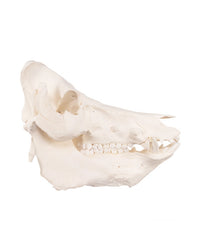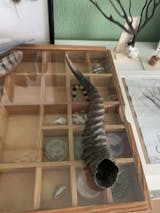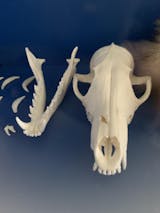Real domestic pig skull
Description
The domestic pig (Sus scrofa domestica) has its roots in various species of Eurasian wild boar. The original forms include the Central European wild boar, the Sardinian pig from the Mediterranean region and the Asian scrofa pig. The domestication of wild boars began in China and Egypt as early as 9,000 BC, while in Central Europe pigs were tamed from around 4,000 BC and kept primarily as meat suppliers. Pigs were first introduced to America and Australia by European explorers who brought the animals with them on their travels.
This boar skull is an impressive specimen that shows the powerful anatomy of a male wild boar. Perfect for collectors, natural history enthusiasts or as a special decorative piece.
Specifications:
Condition: A few teeth are missing, as can be seen in the original pictures.
Species: Skull of a boar (male domestic pig).
Processing: Chemically degreased to ensure a clean and durable presentation.
Origin: Switzerland.
A fascinating relic of the animal world that has a valuable place in both collections and scientific studies, the skull combines natural beauty and historical significance.
shipping info
For all international and EU shipments, customs fees may apply.
As Switzerland is not part of the EU, additional costs may be incurred upon import. The amount of these fees depends on the customs tariffs of the destination country.
Please note: For purchases from abroad, we do not charge any customs fees ourselves – these may be assessed by the customs authorities of your country.
Skullstore GmbH accepts
Save now with volume discounts – or register as a company for B2B prices.


Real domestic pig skull
The World of Animal Recycling
We recycle everything we can from lifeless bodies: bones, fur, organs and innards. You also have the option of donating your pet or other animals to us to improve the medicine of the future.





